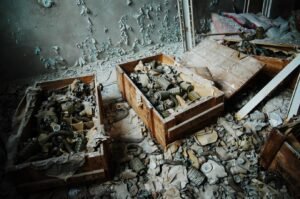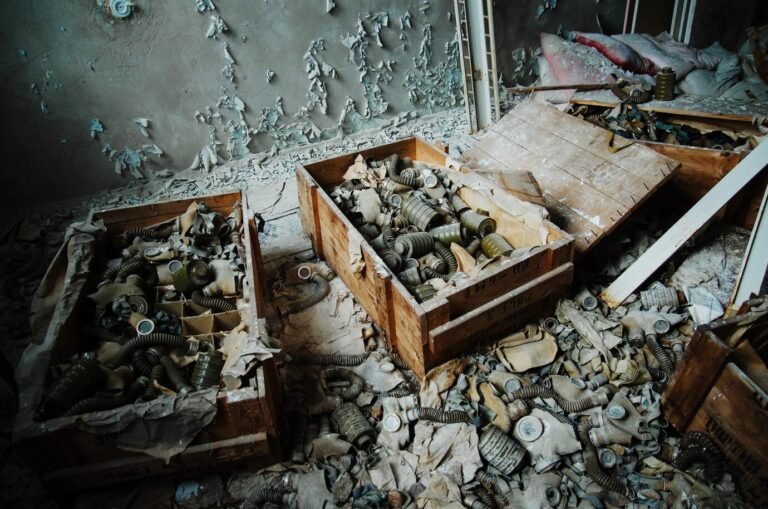Detecting leaks early can save you from significant water damage and costly repairs. Whether you’re dealing with a minor leak or a more serious issue, choosing the right leak detection Naples FL method is crucial for maintaining your home’s safety and efficiency. In this comprehensive guide, we’ll explore various leak detection methods, helping you determine the best approach for your situation.
Why Leak Detection Matters
The Importance of Early Detection
Leaks, if left undetected, can lead to major problems like water damage, mold growth, and increased utility bills. Proper leak detection helps in identifying issues before they escalate, ensuring timely intervention.
• Preventative Measures: Early leak detection minimizes damage and helps in planning necessary repairs or replacements.
• Cost Savings: Catching leaks early reduces the potential costs associated with water damage and extensive repairs.
1. Visual Inspection: The First Step
Basic Visual Checks
Before diving into advanced methods, start with a thorough visual inspection of your property. Look for:
• Signs of Water Damage: Stains on walls, ceilings, or floors.
• Visible Leaks: Damp spots or dripping fixtures.
Limitations
While visual inspections are a good starting point, they often miss hidden leaks behind walls or underground. This is where more advanced leak detection methods become essential.
2. Acoustic Leak Detection: Listening for Leaks
How Acoustic Detection Works
Acoustic leak detection involves using specialized equipment to listen for the sound of water escaping from pipes. This method is particularly effective for:
• Identifying Leaks in Pipes: Professionals use sensitive microphones to detect the sound of leaks, which is then analyzed to locate the exact position.
• Non-Invasive: Ideal for detecting leaks without damaging walls or floors.
When to Use Acoustic Detection
This method is beneficial when dealing with hidden leaks in walls or underground pipes. It’s also useful for detecting leaks in large commercial properties where traditional methods might fall short.
3. Thermal Imaging: Detecting Temperature Changes
Understanding Thermal Imaging
Thermal imaging cameras detect heat variations caused by leaks. By capturing infrared images, this method helps in:
• Visualizing Temperature Differences: Cold spots where water is escaping or hot spots where hot water is leaking.
• Non-Invasive Inspection: Allows for detecting issues without physical access.
Benefits and Limitations
Thermal imaging is effective for locating leaks in insulation or behind walls. However, it may not always provide the precise location of the leak, especially in areas with multiple heat sources.
4. Pressure Testing: Assessing Pipe Integrity
How Pressure Testing Works
Pressure testing involves filling pipes with water or air and monitoring the pressure levels to identify leaks. This method includes:
• Hydrostatic Testing: Filling the system with water and observing if the pressure drops.
• Pneumatic Testing: Using air pressure to test the system.
When to Use Pressure Testing
This method is useful for assessing the integrity of newly installed or repaired pipes. It’s also effective in identifying leaks in larger plumbing systems.
5. Dye Testing: Tracing Leaks
How Dye Testing Works
Dye testing involves adding colored dye to the water system and observing where the dye appears. This method is effective for:
• Spotting Surface Leaks: Leaks in visible areas like toilets or sinks.
• Simple and Direct: Provides immediate results by tracing the flow of dye.
Benefits and Limitations
Dye testing is straightforward and effective for surface leaks. However, it may not be suitable for detecting hidden or underground leaks.
6. Professional Leak Detection Services: When to Call the Experts
Why Choose a Professional Service
When dealing with complex or hidden leaks, hiring a professional leak detection service is often the best approach. Professionals offer:
• Advanced Equipment: Access to sophisticated tools like acoustic sensors, thermal cameras, and pressure testing devices.
• Expertise: Skilled technicians with experience in diagnosing and repairing leaks.
Choosing the Right Service
Look for a reputable company with experience in leak detection and repair. Consider factors such as:
• Customer Reviews: Check feedback and ratings from previous clients.
• Certifications: Ensure the company has certified technicians and offers warranties on their work.
Conclusion
Choosing the right leak detection method is crucial for effectively managing and repairing leaks in your home. Whether you opt for visual inspection, acoustic detection, thermal imaging, pressure testing, dye testing, or professional services, understanding the strengths and limitations of each method helps you make an informed decision.
Remember, early detection and timely repair are key to preventing water damage and costly repairs. If you’re unsure about the best approach, don’t hesitate to contact a professional leak detection service Naples FL. They can provide a comprehensive assessment, recommend the most suitable method, and ensure that your home remains safe and efficient.
By staying vigilant and proactive about leak detection, you can protect your property, save on repair costs, and maintain a comfortable living environment. If you suspect a leak or need assistance, reach out to a trusted leak detection expert today for a thorough evaluation and peace of mind.











+ There are no comments
Add yours